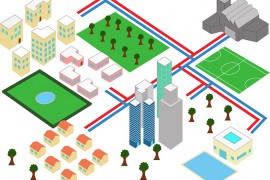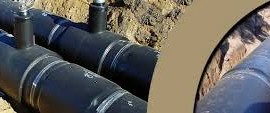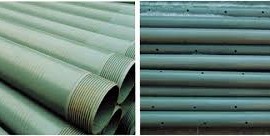We have already seen that when a heating network is active, the pipes are moving. This therefore gives rise to a phenomenon of friction between the surface of the pipes and the material with which they are in contact. To ...
Browsing the Best Practices
Heating networks: a source of safe energy
The concept of safe energy is a broad concept and one that is complex to define. It primarily concerns three issues: ensuring energy supply, environmental safety and energy efficiency. Today, as both the supply and demand and the price of ...
What is a fixed point?
As we have already mentioned, the concept of expansion tubes is important for a sustainable heating network, and this concept requires a fixed point. What are the characteristics and advantages of a fixed point? What is it ? The steel ...
Pre-insulated valves- a worthwhile investment
Pre-insulated valves are part of the shut-off valves which are primarily used for cutting off a portion of a heating system and thus enabling interventions to be carried out on a section of the network without having to drain the ...
How does geolocation work in heating networks?
Geotagging can locate and map all underground heat networks. Since a decree on the 15th of February 2012, it is now mandatory under law. Thanks to the accuracy of information obtained via the GPS system, network operators can monitor sensitive ...
Detecting humidity to avoid anomalies
Detecting moisture is a necessary step if we want to avoid problems that might jeopardize the proper functioning of a heating network. How does it work ? The installation of the detection system is very simple. In fact, the heat ...
Installing pipes without digging?
The installation of heat pipes below ground can be complicated by the presence of unavoidable obstacles such as rivers, buildings, railway lines … In this case, pipes can be installed without having to dig trenches by using the principle of ...








